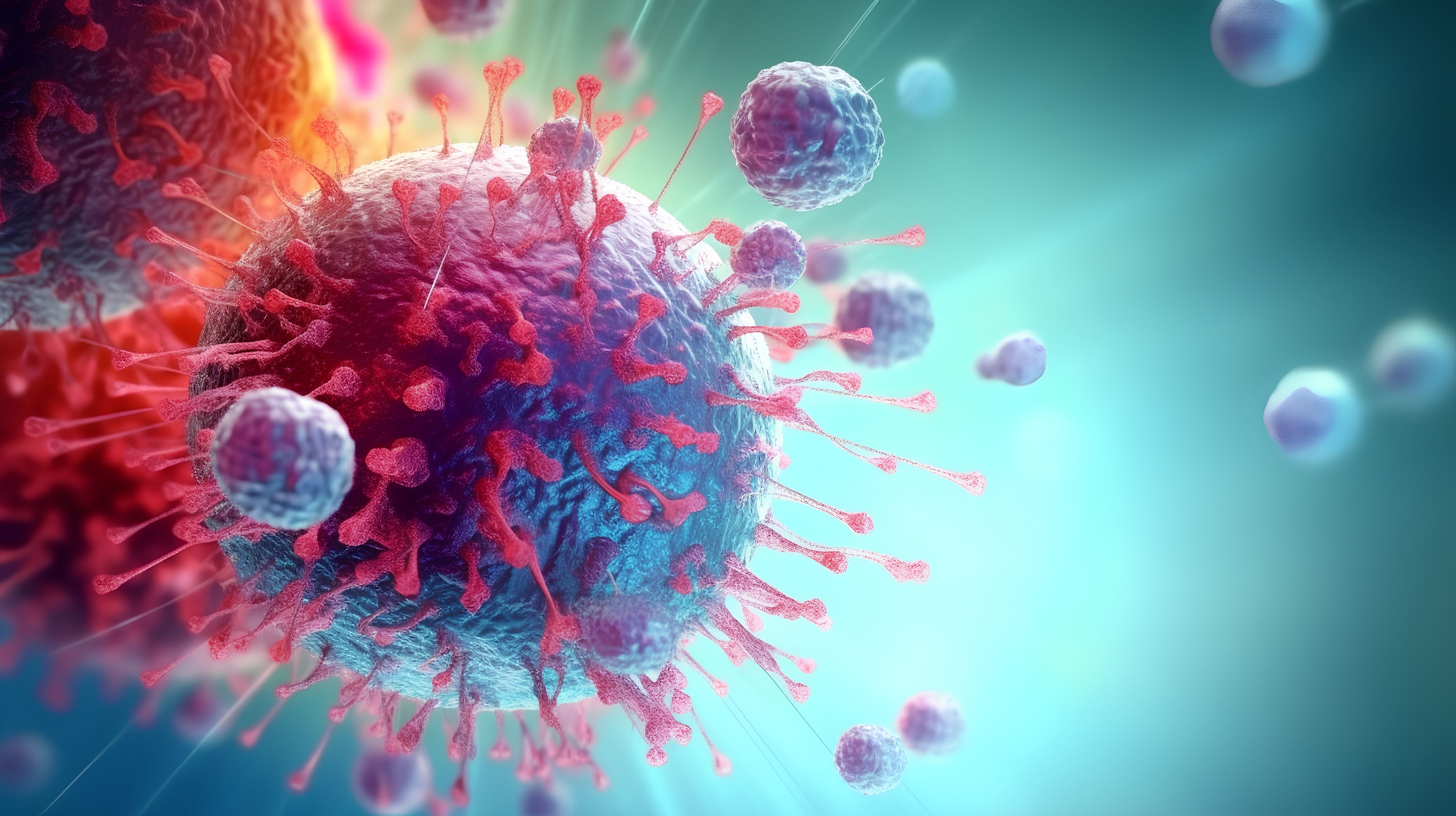News
Article
Intravenous Immunoglobulin Effective Controlling Neuromuscular Disease in Patients with Cancer Treated with Immune Checkpoint Inhibitors
Author(s):
It was previously undetermined whether the combination of IVIG and ICI would lead to patient complications or reduced efficacy of the cancer treatment, but 2 successful case reports dispel that belief.
Intravenous immunoglobulin (IVIG) was observed to be safe and effective in controlling pre-existing paraneoplastic neuromuscular diseases in patients with cancer who were being treated with immune checkpoint inhibitors (ICI), according to a literature review of 2 case reports published in Frontiers in Oncology.
Image credit: TensorSpark - stock.adobe.com

Although ICIs have revolutionized cancer therapy, the immune responses that are unleashed through their unblocking of signaling pathways have been found to cause a variety of autoimmune syndromes in patients with cancer who were receiving ICIs, the researchers wrote.
These neuromuscular complications, which include polymyositis, dermatomyositis, and Guillain-Barre syndrome, are considered rare but can be potentially fatal. They can also cause significant comorbidities, such as paralysis and imbalance.
Because of these complications, it has been unknown to this point whether patients with pre-existing inflammatory myopathy/neuropathy can safely continue or receive immunomodulatory agents, such as IVIG, and whether these agents may reduce the efficacy of ICI in treating cancer.
Thus, the investigators examined 2 cases in which a pre-existing autoimmune disease was successfully controlled with IVIG while their respective cancers remained in remission due to treatment with programmed cell death protein-1 (PD-1) inhibitors.
The first patient was a 66-year-old Asian man who used to smoke consistently. He presented with rash and muscle ache, as well as burning pain that worsened after sun exposure, according to the researchers. Months later, the patient noticed multiple masses that enlarged over the subsequent 3 months, which would later be confirmed to be a subpleural right upper lobe bilobed primary tumor.
He further developed muscle weakness in his upper and lower extremities, which was eventually diagnosed as paraneoplastic dermatomyositis. Two months later, he began treatment with IVIG, administered at 2 g/kg every 4-6 weeks for the autoimmune disease while also taking the PD-1 inhibitor pembrolizumab in doses of 200 mg through IV therapy every 3 weeks, the investigators said.
After 11 months of combined treatment, the patient’s rash and neck pain resolved and his muscle strength returned to normal, while essentially all previously active tumor lesions were resolved. His dose of IVIG was reduced, and at the 24-month evaluation, he remained in clinical remission with metastatic lung cancer, had normal muscle strength, and no rash, according to the review authors.
Patient 2 was a 55-year-old Caucasian woman with history of melanoma on her right leg. She developed numbness that gradually progressed from her feet and hands to the thighs and elbows, and complained of intermittent joint pain and fatigue. The patient was initially diagnosed with chronic inflammatory demyelinating neuropathy (CIDP) and began treatment with IVIG infusions.
An examination at 14 months after symptom onset showed continued muscle weakness and decreased sensitivity in her extremities. At 18 months, a pelvic scan revealed a large pelvic wall mass and intra-abdominal lymphadenopathy, which was eventually diagnosed through a biopsy as recurrent melanoma, the investigators wrote.
After initially prescribing her daily dabrafenib and trametinib, the drugs were discontinued after 10 cycles because of a mixed tumor response and poor tolerance. Her oncologic treatment was switched to the PD-1 inhibitor nivolumab administered at 480 mg through IV every 4 weeks.
Promisingly, her IVIG treatment demonstrated mild improvement of neuropathy after 10 months, and 12 months after beginning dual treatment with nivolumab and IVIG, significant improvement was observed. The patient’s strength eventually returned to normal and her cancer went into remission, according to the review authors.
The investigators discussed the need for early detection of ICI-associated neuromuscular complications, though recognized the challenges in doing so because of the wide spectrum of possible neuromuscular complications. The relationship between ICI and IVIG treatment was deemed safe and effective based on the observed improvement of neurological symptoms in conjunction with tumor reduction.
“Combined treatment with ICI and immunomodulator IVIG helped control the neuromuscular disease in each case, without compromising the anti-tumor effect of ICI. However, we recommend close monitoring of both the neuromuscular disease and the cancer during such treatment,” the review authors concluded.
Reference
Xiong G, Young BR, Chow H, et al. Intravenous immunoglobulin is safe and effective in controlling pre-existing paraneoplastic neuromuscular diseases in cancer patients treated with immune checkpoint inhibitors: two case reports and literature review. Front Oncol. 2023;13. doi:10.3389/fonc.2023.1199195






